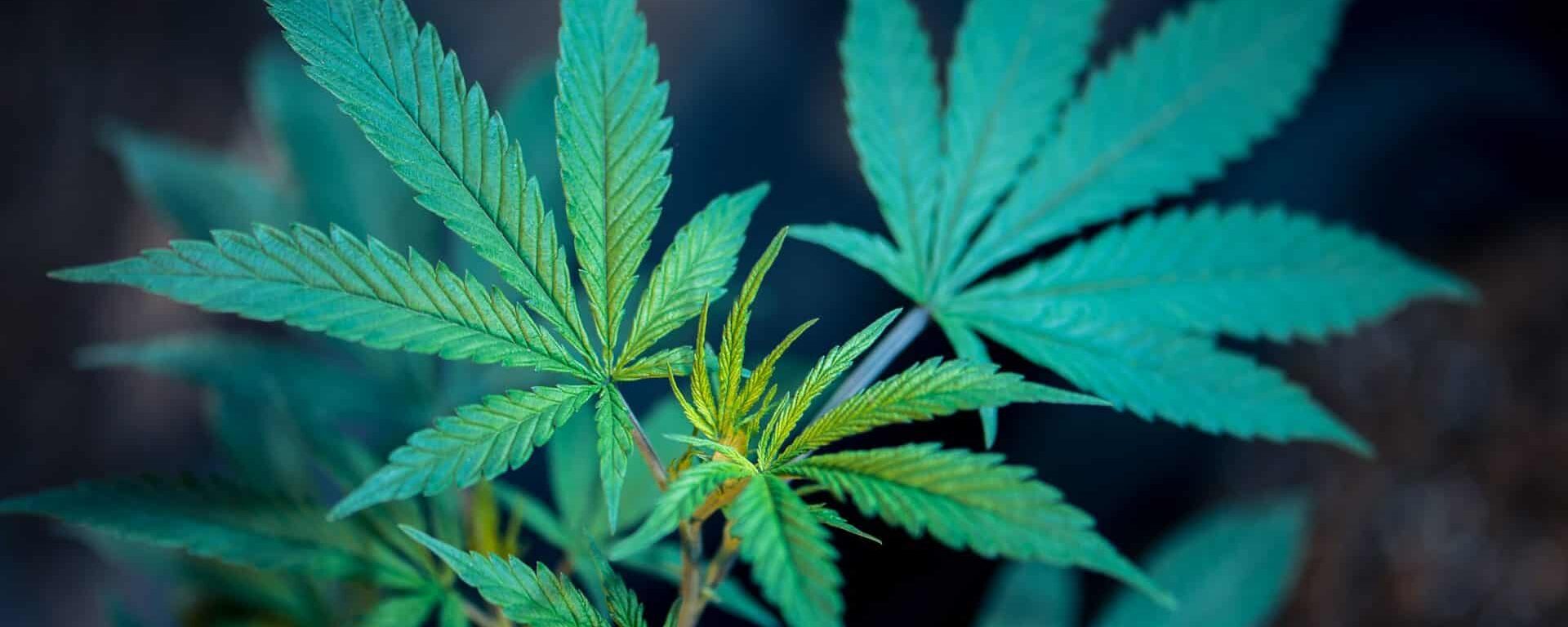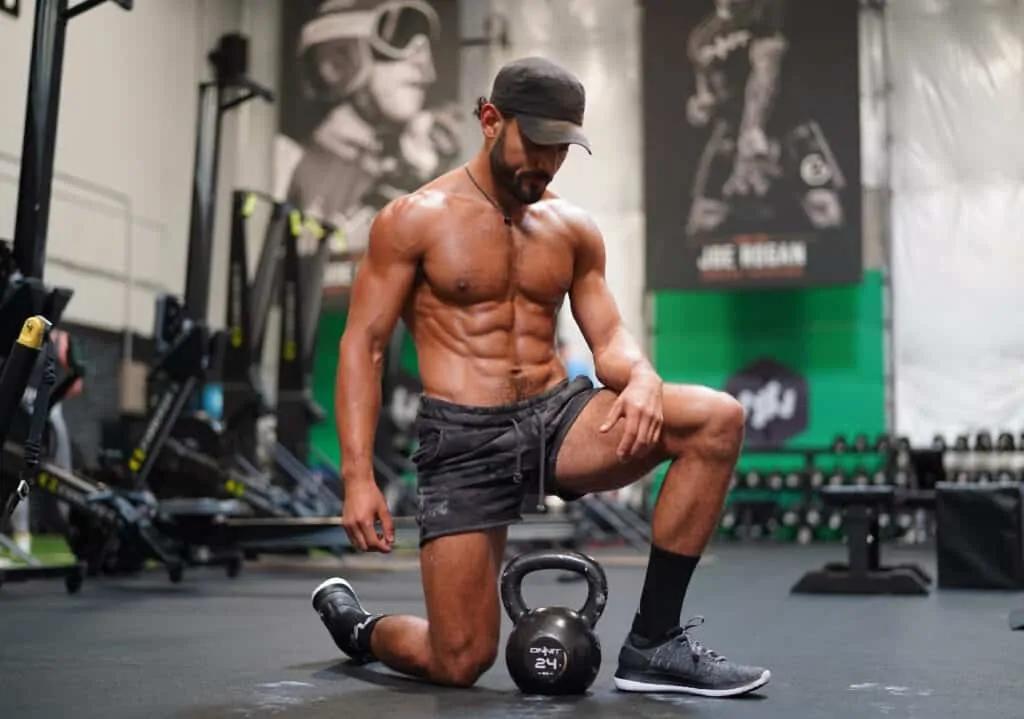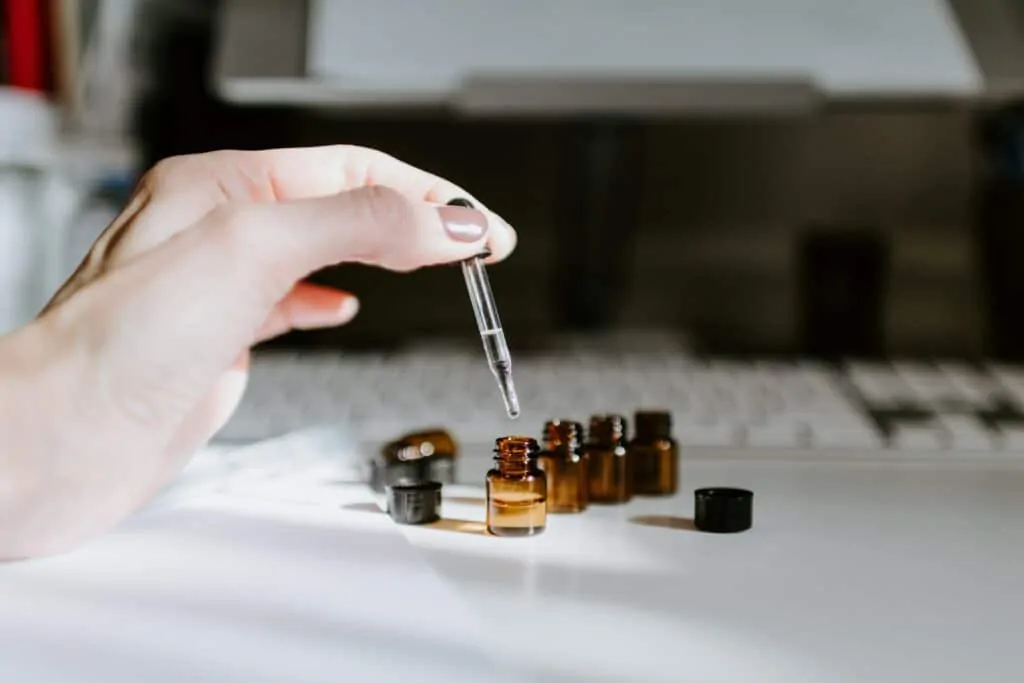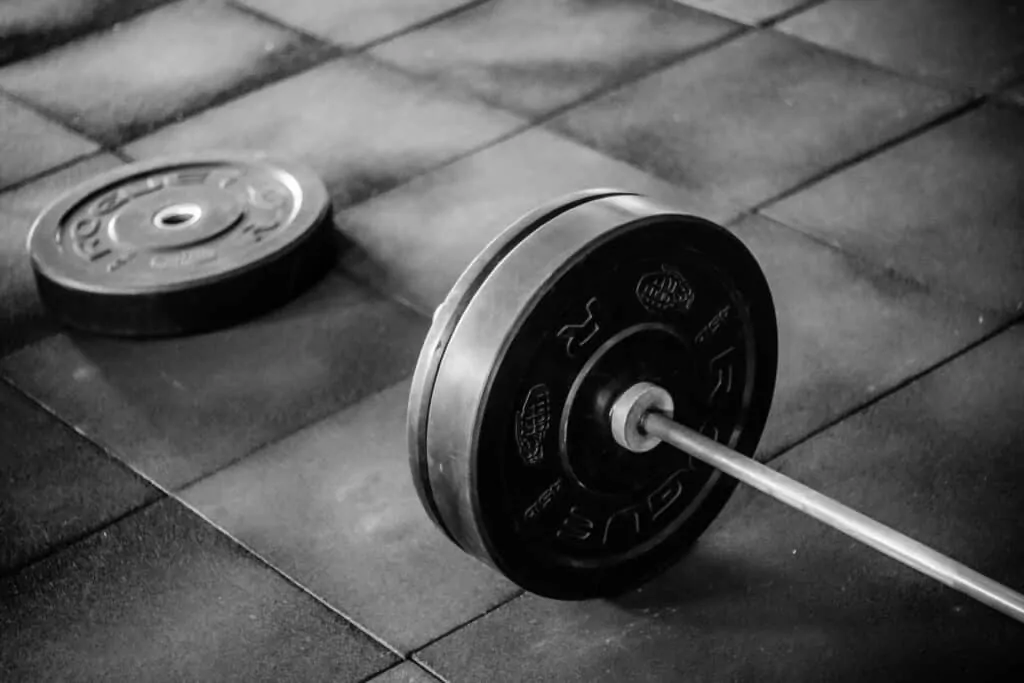

CBD. In case you haven’t noticed, this tiny compound is having a big moment of fame.
Even if you’re not clear on exactly what CBD is, you’ve most likely seen it in various forms at your local vitamin shop or health food store, or even on the menu at some cafes. Gummies, oils, lotions, and even in lattes: you name it, CBD can most likely be put in it.
Initially, CBD was an attractive option for those looking to improve mood and reduce anxiety. However, many people are now swearing by it for helping to ease pain and improve workout recovery.
Before we dive into the benefits of CBD for recovery, let’s first break down what exactly CBD is and how it works.
What Is CBD?

CBD, or cannabidiol, is one of the over 100 compounds found in the cannabis plant. Of course, when most people hear that CBD comes from “cannabis,” their first question is whether it will cause a high like smoking marijuana.
The short answer is: nope! The high people get from marijuana comes from CBD’s cousin compound, THC, and CBD products can easily be found without any traceable levels of THC. This is actually one of the reasons CBD use has exploded in recent years because people are able to experience the positive sides of CBD (improved mood, pain relief, and reduced anxiety) without any mind-altering effects.
Is CBD Legal?
In a broad sense, yes, CBD is legal. In 2018 President Trump signed a new Farm Bill, which included legalizing the growth, distribution, and sale of industrialized hemp, allowing it to be cultivated for any use, including the extraction of CBD.
There are a few caveats that are still being worked out surrounding how CBD should be used in foods, like in CBD lattes or drinks at cafes, or even in supplements. While there are several loopholes that allow companies to use CBD in supplements legally, many are still doing so at their own “risk” due to the laws being so new.
The only states where CBD is totally illegal to buy or produce is in Idaho, Nebraska, and South Dakota, so unless you’re in one of these three states, you’re good.
Hemp Extract vs Hemp Seed Extract
You’ve probably seen “hemp oil” or “hemp extract” and wondered how they relate to CBD.
Hemp seed oil, or hemp oil, is pressed directly from the seeds of the hemp plant. And while nutritious and rich in fatty acids similar to olive oil, it contains no CBD.
Hemp extract made from the seeds, stalks, and sometimes flowers of the hemp plant, and also contains many minerals and fatty acids. However, it can also contain other cannabinoids like THC and others that could interact with your endocannabinoid system.
Both of these are different than pure CBD isolate, which is a purified form of CBD. So when you see “hemp oil,” this doesn’t mean it is a purified form of CBD.
CBD and Workout Recovery

Alright, now down to the nitty-gritty of what we’re looking at CBD for today: workout recovery. From the regular gym-goer to top athletes, people are swearing by its ability to reduce muscle soreness post-workout, as well as reduce joint stiffness and pain that might also come from rigorous training.
To understand how CBD could work to improve recovery, it helps to know a little about what’s going on in your body when you’re experiencing post-workout soreness, sometimes for days after a hardcore flow.
When we push our muscles through lifting or challenging movements, it generates small “tears” in our muscle fibers. While this sounds horrible on the surface, it’s actually the tears that cause your muscles to grow back stronger. However, during this process, your muscles can often feel sore or tender.
Your muscles aren’t the only thing affected by a tough workout though. Your joints might also be tender, especially if you’re lifting a heavier weight or adding more higher-impact exercises into your regime. Your joints have yet to strengthen to the new load and need time to become stronger. In the meantime, they may become inflamed, which will equal soreness.
Studies on CBD have shown it can help with this soreness and stiffness that comes with post-workout by:
Reducing Inflammation
Your sore muscles and joints may be experiencing inflammation post-hardcore workout, which could explain some of the pain. A study out of the European Journal of Pain on animals found that CBD applied on the skin could help lower inflammation due to arthritis. Another discovered CBD can reduce inflammatory and chronic neuropathic pain, which is usually difficult to treat. [*][*]
This shows that CBD does have anti-inflammatory effects when applied topically, which could help reduce the pain of inflamed joints or muscles.
Reducing Pain
Along with reducing inflammation, CBD, when applied topically, has been able to provide pain relief for people suffering from arthritis and neuropathic pain. While this isn’t exactly muscle pain from a workout, it is similar in that the pain is local in the same way a sore muscle is local.
When it comes to widespread pain, studies show that our endocannabinoid system, the part of our nervous system that contains “receivers” for cannabinoid compounds like CBD and THC, plays a huge role in regulating pain. [*] This may be why CBD has shown to improve widespread pain and inflammation because it acts on your nervous system as a whole to spread pain-relieving effects.
Enhancing Mobility
If you’re feeling stiff after a workout, CBD may be able to help get you moving again. While the research is limited, one study on Multiple Sclerosis patients found CBD was able to reduce muscle spasticity, a fancy term for muscles that are contracting too often, which results in stiffness, soreness, and reduced mobility. [*] It also showed an ability to help reduce fatigue, which as we know can hit pretty hard after an intense workout.
Again, even though this study wasn’t done directly on people suffering from stiff muscles and joints following a workout, it does show that CBD has the ability to reduce stiffness and relieve pain within muscles, which is promising when we consider recovery.
The Best Way to Take CBD for Recovery
There definitely isn’t a lack of options when it comes to taking CBD. You can get it through infused balms, oils, lotions, capsules, edibles, vape pens, and more.
However, when it comes to recovery, it would seem the best option based on studies for a locally sore muscle or joint (say, your shoulders or knees) would be to apply it to the area topically using a lotion or balm. In this way, you get quick local relief.
If you’re looking for widespread pain relief (aka, you’re sore all over, or your entire body feels a bit fatigued or stiff) you may be better off with capsule or tincture. These take a bit longer to kick in than a vape (which typically works in a few minutes), but they also last hours longer than a vape.
A great option is to choose a CBD brand that is specifically formulated for recovery, that way you don’t have to play with so many dosage levels. There really is no standard dosage for everyone, so when you start a CBD regime, it often takes a bit of tinkering to find what works for your body.
If you don’t want to worry about this, a brand I love that makes an awesome CBD recovery capsule is Green Helix. Not only do they have an optimized CBD dosage for workout recovery, but they’ve also combined it with other recovery goods like L-glutamine, Branched Chain Amino Acids to promote muscle synthesis, and magnesium malate to help improve muscle contractions.
This could cover some of your recover bases for amino acids, while also getting you a high-quality CBD. Plus they’re easy to pop along with the rest of your supplements.
Green Helix is also lab tested for potency and screened for heavy metals, pesticides, and other junk so you’re getting a pure dose. They use a pure CBD isolate in their recovery blend so you get all the CBD immune-boosting and anti-inflammatory effects, without other cannabinoids like THC.
If you do decide to try pure CBD on your own at a custom dosage, know that experts recommend starting at 1–6MG of CBD for every 10 pounds of your body weight. When in doubt, start small then increase until you hit your sweet spot.
Have you ever tried CBD for recovery? Let’s hear about your experiences!